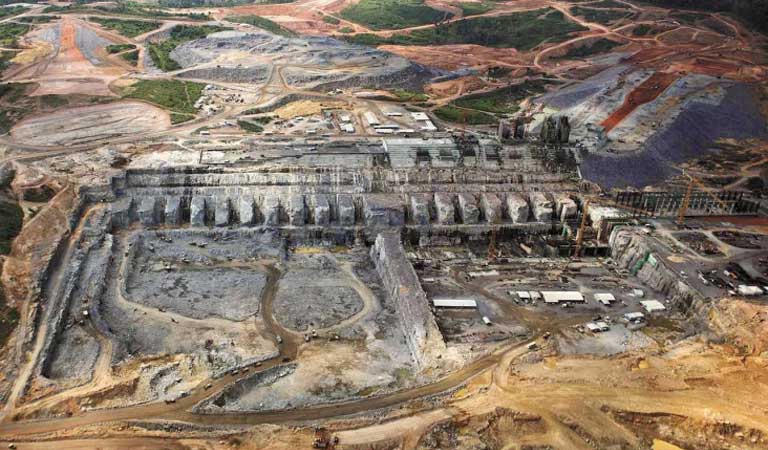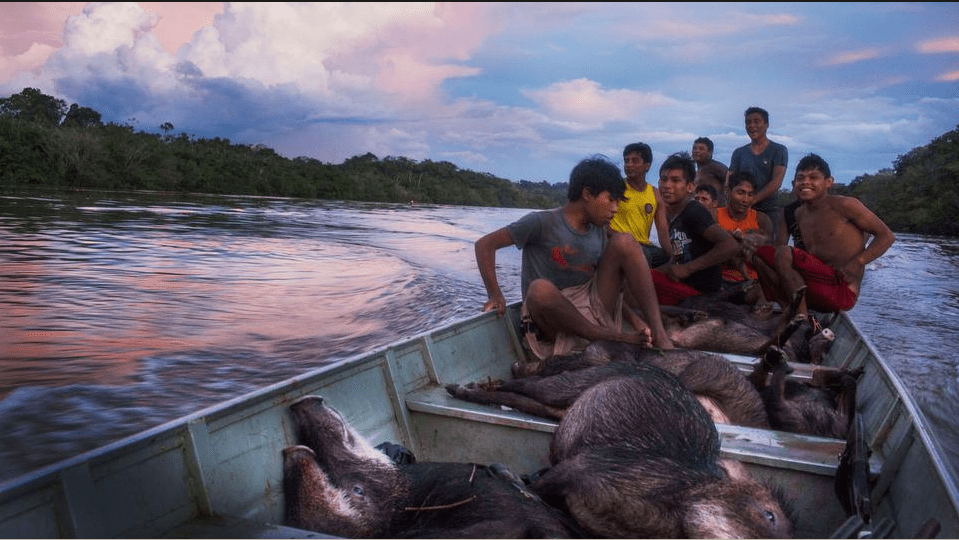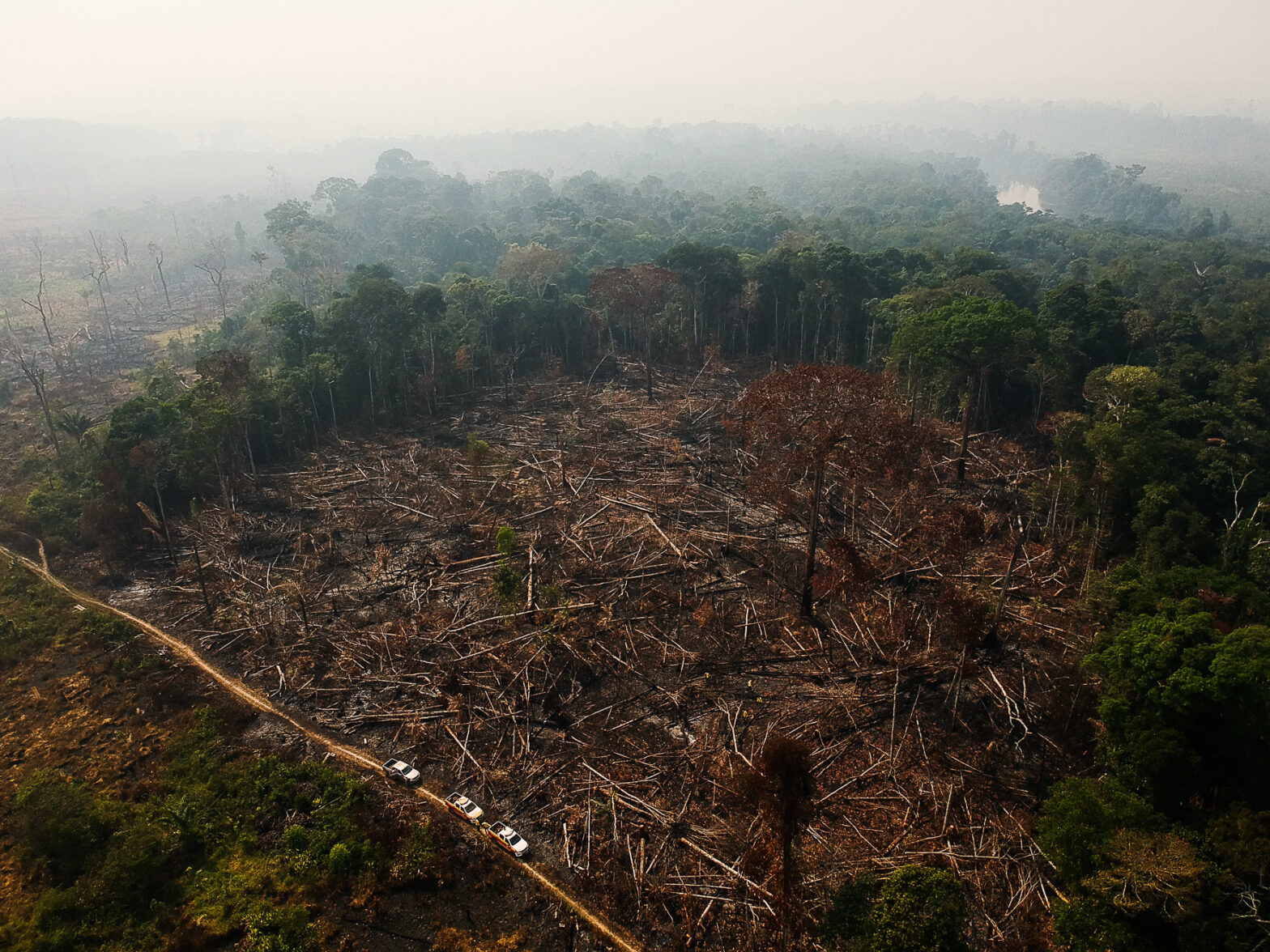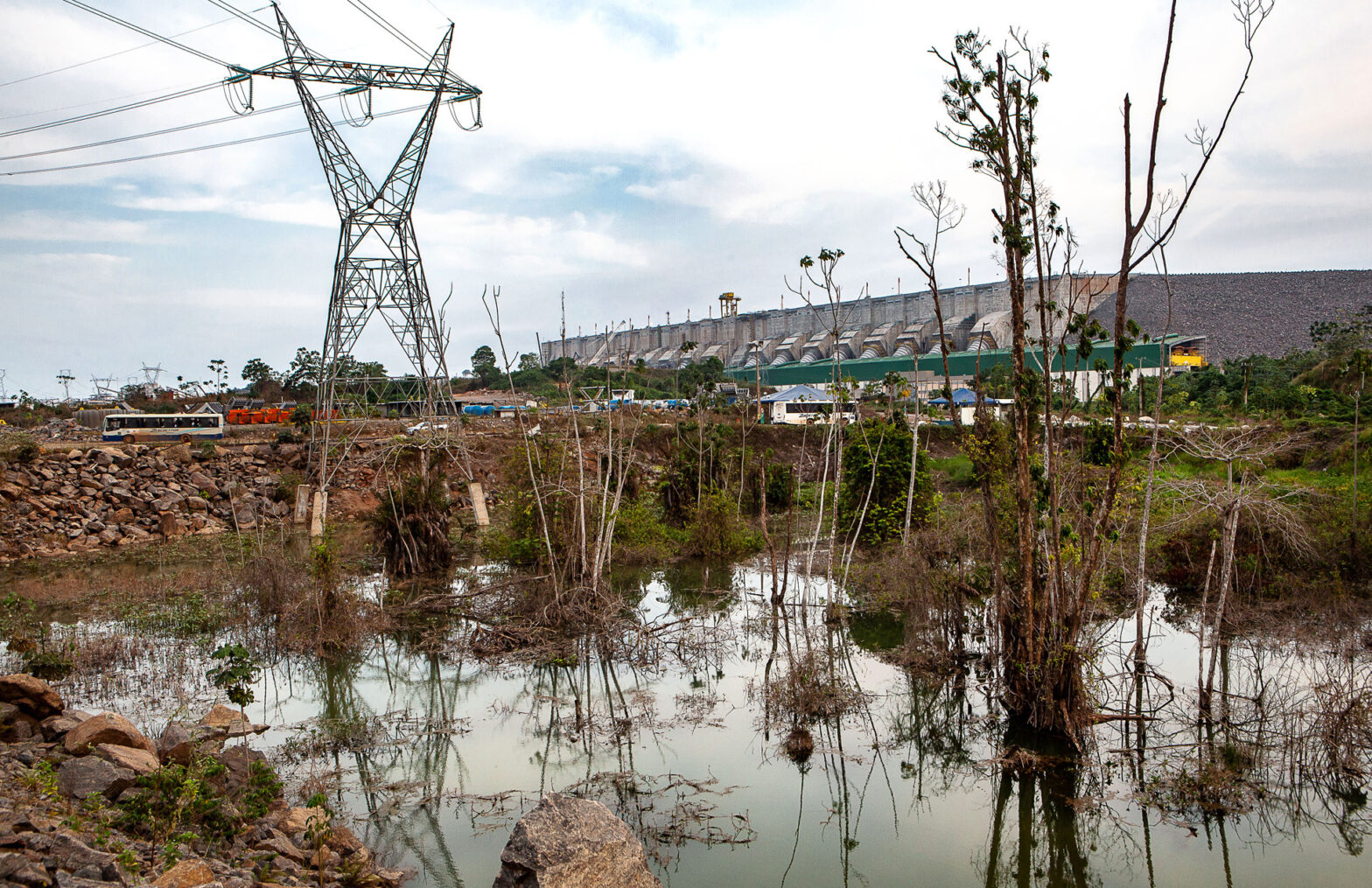Was Brazil’s BNDES bank too rigid to change course when the Belo Monte dam showed signs of becoming a financial, environmental and social disaster?
Three years ago I travelled by bus through the vast Belo Monte construction site in the Brazilian state of Pará. The scene exercised a strange fascination. The scale of the project was overwhelming: periodic explosions rocked the landscape as mountains of bedrock were blown apart and carted off by lines of immense dump trucks, organised with military precision.
An army of excavators dug out the hillsides as far as the eye could see; while a constant stream of dump trucks and earth-movers queued up for the Xingu River ferry. Everything was being done with obvious haste — the project was behind schedule — but proceeding with impressive efficiency.
Like other bus passengers, I took photos through the dusty window, feeling that I was witnessing something monumental. Yet all this energy and efficiency had been harnessed for a project that many Brazilians believe today to be fundamentally flawed and ill-conceived — a project they say was organized in such a rigid, authoritarian fashion that there had been no room allowed to correct errors.
Wrong from the start?
The “original sin”, critics say, was the way the project was conceptualised by the Brazilian government in the first place.
The project unleashed strong emotions and opposition from the start. In the 1970s, Brazil’s military dictatorship had planned several dams on the Xingu River, but was forced to withdraw in the face of vociferous indigenous opposition.
In 1989, the civilian government that took over from the military made another attempt, but again the opposition proved too strong. A key moment came when Tuíra, a female indigenous leader, waved a machete in the face of engineer José Antônio Lópes, later the president of the state energy company, Eletronorte.
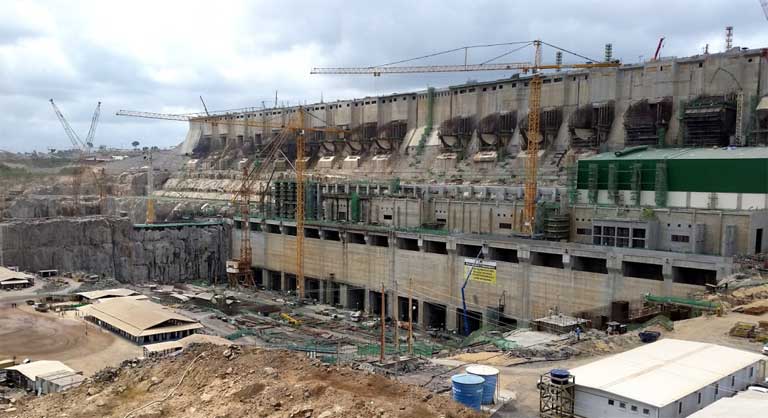
In 2010, when government authorities put the project back on the table for a third time, they seemingly had learned from past experiences. First off, they altered the project name: changing it from “Kararaô,” which in the language of a local indigenous group means “war cry”, to “Belo Monte,” meaning “beautiful mountain” in Portuguese — it sounded less threatening, while also removing any indigenous connection.
The second and more significant alteration in the government’s approach was to scale down the project from several dams to one, to be built in an area inhabited by relatively few Indians — though many more would be indirectly affected by the reduction in water flow and the number of fish in the river.
The decision to announce just one dam may, some say, well have been a ploy — and a successful one — to hobble resistance. Engineers have warned that Belo Monte is not viable by itself. Walter Coronado Antunes, the former Secretary of the Environment of the state of São Paulo and ex-President of the influential state water and sanitation utility Sabesp, said that, if built, Belo Monte Dam would be “the worst engineering project in the history of hydroelectric dams in Brazil, and perhaps of any engineering project in the world. Something that we engineers should truly feel ashamed of.” He added that the Xingu River’s huge variations in flow between summer (when the river level decreases dramatically) and winter months (when the river levels increase significantly again) would spell technical and economic disaster for the dam.
Performing financial back flips
Having seemingly outwitted their opponents, the government soon found that they did not have the unqualified backing of their biggest allies — Brazil’s huge construction companies.
Shortly before the bidding was held to determine which consortium was to undertake the Belo Monte project, two of Brazil’s Four Sisters — the country’s biggest construction companies — withdrew from the process. Odebrecht and Camargo Corrêa joined in saying that “the economic-financial conditions do not allow our participation in the bid”. In other words, the companies felt that they were not guaranteed a high enough rate of profit.
The government hastily put together a new group, known as Norte Energia, which ended up winning the bid. However, the construction companies that had agreed to take part in this eleventh-hour consortium also withdrew shortly after they had won.
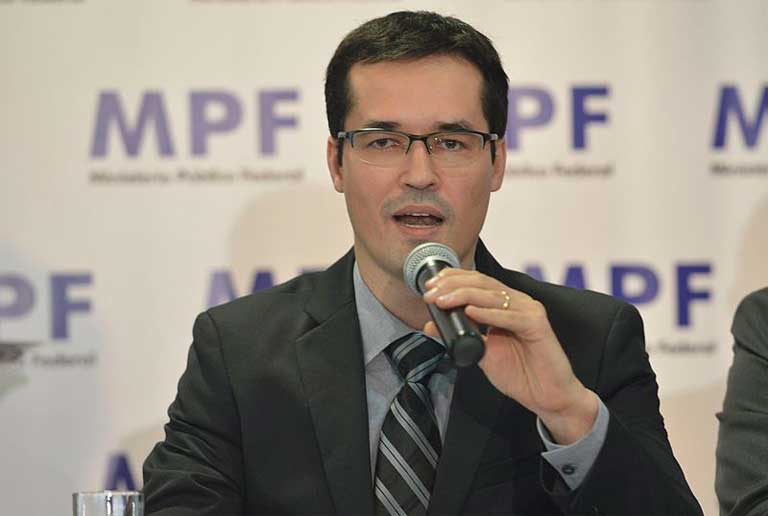
On the face of it, the reluctance of construction companies to participate in Belo Monte seems strange. The then head of Norte Energia, José Ailton de Lima, had said that the financial conditions offered by BNDES — Brazil’s giant development bank and the primary loan provider on the project — were “perhaps among the best in the world”. But there was a major sticking point: for a hydroelectric dam to be attractive to investors it had to also be seen as a money-spinner in the longer term, through the quantity of energy it would generate. It was here that Belo Monte appeared deficient.
A study carried out by a group of NGOs, including International Rivers, concluded that, despite the BNDES’s financial generosity, the dam had “an elevated risk of generating low dividends or of even becoming a liability” because of “the highly uncertain construction costs, the low generating capacity related to the hydrological characteristics of the Xingu River” and other problems. Other studies have put a figure to it, suggesting that the dam could lose R$28 billion (US$7 billion) over its lifetime.
Given these financial risks, the companies were understandably reluctant to put their own money into the project, though they were very keen to undertake the construction work, which promised attractive returns without long-term risk.
So, when Norte Energia contracted another consortium — Consortium Construtor Belo Monte — to actually build the dam in return for hard cash, Odebrecht and Camargo Corrêa were there, along with Andrade Gutierrez, which had formed part of the winning consortium but had later withdrawn. These companies represent three of the Four Sisters, Brazil’s mega-construction companies, long time beneficiaries of BNDES super-contracts and huge pay-outs.
The reluctance of the companies to assume any of the financial risk meant that BNDES had to pay for 80 percent of the total cost of the dam, then estimated at RS$19 billion (US$4.8 billion). That put BNDES’s cost share at R$15.2 billion (US$3.8 billion), a bill largely footed by Brazilian taxpayers.
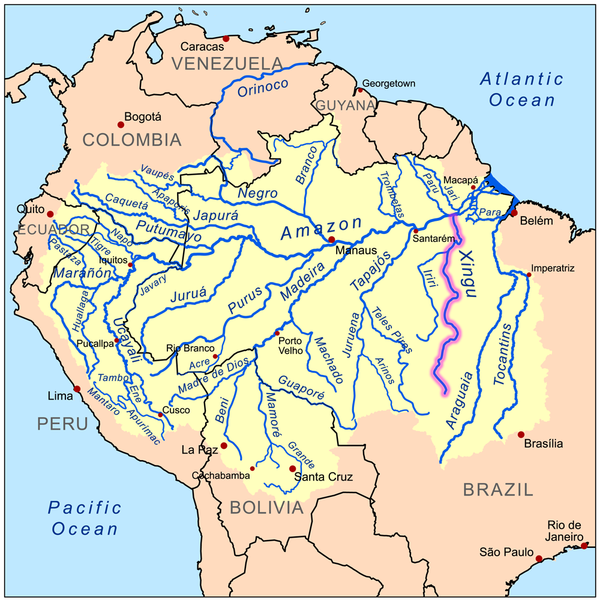
Such a large BNDES investment created a dilemma for the government. By law, the bank could not provide funding to a single project in excess of 25 percent of its assets, which stood at that time at R$57 billion (US$14.3 billion). In other words, the bank’s maximum contribution to the project should have been just R$14.25 billion (US$3.6 billion), which would have left a shortfall of R$950 million (US$238 million).
But the Brazilian government stepped in with a quasi-legal technical fix. To square the circle, it passed by decree a bill — Medida Provisória (MP) 511 — which enabled the treasury to provide an extra R$5 billion (US$1.2 billion) to BNDES. It also authorised the treasury to forgive a BNDES debt of up to R$20 billion (US$5 billion) in the case of any “infrastructure projects considered priority” — a caveat that, though unspoken, was clearly created as a loophole for Belo Monte to pass through.
The economist Mansueto de Almeida, from the respected IPAM (Instituto de Pesquisa Ambiental da Amazônia/Amazônia Institute of Environmental Research), said at the time that he found the measure a “worrying” and “dangerous precedent”. That precedent is even more concerning today: with the cost of Belo Monte having continued to rise, and overruns putting a final price tag on the dam of R$31 billion (US$7.8 billion).
BNDES was asked by Mongabay whether the bank viewed Belo Monte as a bad investment, due to the heightened risk of generating low dividends over time. The bank responded that “Much like the other large-scale infrastructure projects receiving financing from the BNDES, the financing operation for the Belo Monte hydroelectric power plant was structured as project financing, based on the predictability of revenue guaranteed by means of long-term contracts for energy signed with Norte Energia S.A.,” the project’s lead construction firm. “Weighing up the amount invested in the Belo Monte project against the installed capacity to generate energy can be understood as reasonable, in light of the history of costs to implement several hydroelectric plants throughout Brazil.”

There is another factor, one that has been the elephant in the room for a long while around the whole discussion of the financing of Belo Monte — the role of corruption. In recent days, as the Lava Jato (Car Wash) investigations roll on implacably, interesting light has been thrown on this crucial aspect. In March of this year it was revealed by the weekly magazine IstoÉ that Delcídio do Amaral, a leading senator from the governing PT (Workers’ Party), had told the MPF (Ministério Público Federal/Federal Public Ministry) that the consortium selected to build the dam had made a large contribution — he called it a “bribe” — to the Workers’ Party in order to win the construction contract. The consortium paid, he said, at least R$30 million (US$8 million) and probably as much as R$40 million (US$10.7 million), money which made “a decisive contribution to [the PT’s] electoral campaign of 2010 and 2014”. The main negotiating agent for the consortium, he said, was Flávio Barra, at that time working for Andrade Gutierrez, one of Brazil’s largest construction firms.
The respected columnist for O Globo newspaper, Miriam Leitāo, said that the importance of this funding to the PT explains why “the government ignored all the criticisms that showed that the [Belo Monte] undertaking was bad from an economic, fiscal, environmental and human point of view.” It clarifies why the government insisted on pushing ahead with the project, even when the construction companies would not assume the financial risk: the money that the construction companies paid in bribes for their risk-free work in a highly risky venture was simply too important to the PT. She adds that, as Andrade Gutierrez has decided to collaborate fully with the Lava Jato investigation, further revelations can be expected.
If Amaral’s allegations are confirmed, the PT must shoulder most of the blame for what may well turn out to be a disastrous misuse of public money, but BNDES cannot be entirely exonerated: it failed in its obligation to ensure that its investments served the public interest.
Harm to the environment and indigenous groups
These financial acrobatics demonstrate the government’s initial determination to push Belo Monte ahead at almost any cost and without significant financial checks and balances — a potentially reckless management style that became more evident as the project progressed.
After the Federal Public Ministry (MPF) lodged over 20 lawsuits against Belo Monte for failing to execute the environmental and social safeguards that it was legally obliged to implement, and after MPF won its case in court, the government instructed the Attorney General to overrule the MPF case. It did so by invoking a rarely used authoritarian instrument, called “the suspension of security”, by which the authorities can refuse to analyse the merits of an issue by invoking “public order, health, security and economy”.
The federal government also rode roughshod over concerns expressed by its own watchdog agencies, notably Funai, the Indian agency, and Ibama, the environmental agency. Abelardo Bayma Azevedo resigned as president of Ibama in January 2011, after refusing to grant the project a license, saying that Belo Monte was “still full of environmental problems”. He did not spell out his specific concerns, but the respected scientist, Philip Fearnside, has called Belo Monte “the tip of the iceberg of the [environmental] impact of the project”, given that a series of dams will be needed to make Belo Monte viable from an energy point of view.
Fearnside writes that: “The proposed Belo Monte Dam is particularly controversial because five planned dams upstream of Belo Monte, including the 6140-square kilometer [2370-square mile] Altamira/Babaquara Dam, would have especially grave impacts, including flooding indigenous land, destroying tropical rainforest, and emitting greenhouse gases. The existence of Belo Monte would greatly increase the financial attractiveness of [building] the upstream dams. The case of Belo Monte and the other Xingu dams illustrates the absolute necessity of considering the interconnections among different infrastructure projects and including these considerations as a precondition for constructing or licensing any of the projects. Postponing analysis of the more controversial projects is not a solution.”
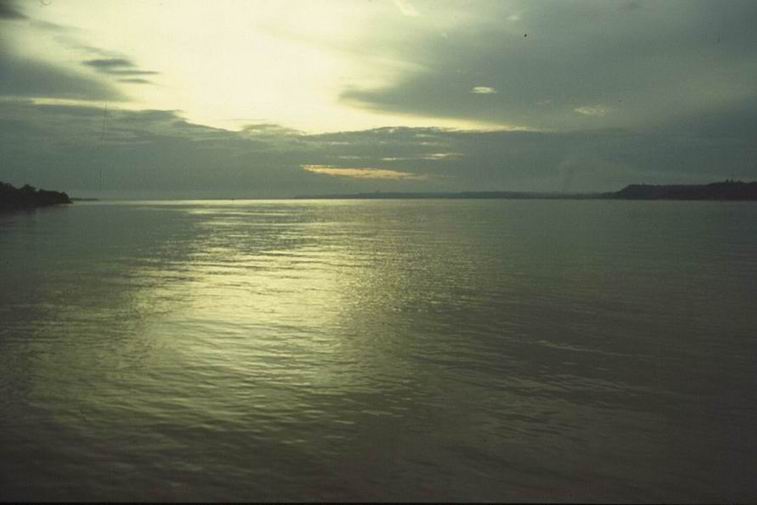
There have also been numerous complaints by Funai officials and others as well about the government’s failure to protect indigenous groups, culminating in the very serious charge of ethnocide made against the government by the MPF in December 2015.
Attempts by indigenous groups and river communities to protest perceived violations have been dealt with harshly. On many occasions the authorities have sent in a special police force — Força Nacional/National Force — to quell unrest. On one such occasion, the Minister of Justice, José Eduardo Cardozo, said that it was necessary “to guarantee the safety of people and property and to maintain public order in locations where construction work, demarcation and other activities are being carried out by the Ministry of Mines and Energy”.
BNDES responds to these events and criticisms, asserting that, “[W]hile the plant is being implemented, each disbursement of the BNDES’ resources requires proof that the environmental licenses are in order. Included in the investment financed by the BNDES to implement the Belo Monte plant are the expenses of a socio-environmental nature, close to R$ 4 billion [US $1.1 billion]. It is important to affirm that, besides demanding the [meeting of] environmental requirements, the BNDES physically inspects and accompanies financial investment of the resources applied in order to obtain licensing from Ibama, which also includes actions aimed at benefitting indigenous people.”
A henhouse funded, built and guarded by the fox?
Many analysts attest that Belo Monte’s major problems have arisen and gone unsolved because federal authorities call all the shots in the project. None of the guardians that should be monitoring and moderating potential abuses regarding its construction — Funai or Ibama, for example — have been allowed to steer or regulate the project. And in the case of lender BNDES, the bank offered no substantial criticisms of the project, even as it repeatedly opened its wallet to the builders.
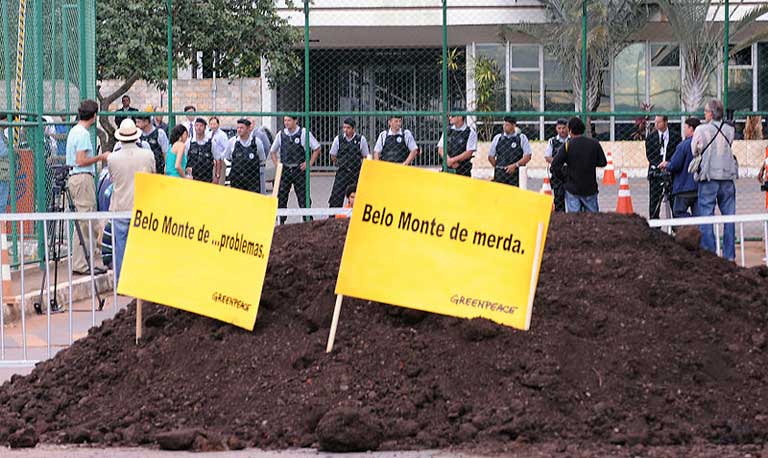
In a dossier concerning Belo Monte, ISA (the Instituto Socioambiental/Social and Environmental Institute), a Brazilian NGO, put it as follows: “Perhaps the biggest challenge faced by Belo Monte is to overcome the conflict of interests and inherent contradictions that spring from it being a project that belongs to the federal government and is at the same time carried out, financed and monitored by it”.
Critics have long called for institutional changes in BNDES so that social movements, environmental activists and others can hold it to account and make formal complaints about the way it spends public money. Back in 2011 Plataforma BNDES, a group of leading NGOs, called for a series of reforms, including the drawing up of policies of transparency and social control. And indeed, there have been some improvements in recent years, as described in the second article in this series, but change on the ground has been slow, say the NGOs.
Belo Monte, with its size and long history, likely serves as an extreme case of the bank’s failure to oversee the gigantic loans it makes, and to assure taxpayers that their money is well spent. But those critical of the bank also urge that Belo Monte be seen as an urgent cautionary tale: the Brazilian government, they note, remains committed to funding and building many other major hydroelectric projects, at home and in neighboring countries through BNDES.
So, unless flexible and effective regulatory mechanisms are put in place now, similarly large mistakes could plague large dams going forward, including those on major Amazon tributaries in the Tapajós Basin (on the Tapajós, Teles Pires and Juruena rivers); and in the Peruvian Amazon (on the Inambari, Ene, and Marañón rivers), to name a few.
Such projects could, say BNDES critics, benefit greatly from a more hands-on, fiscally responsible bank that uses its power of the purse to be more critical of construction companies receiving big loans — protecting taxpayers against poor investments, potential corruption by contractors, and safeguarding against significant environmental and social harm.
BNDES, in response, vigorously defends its record and regulatory safeguards: “Over its more than 60 year history, the Bank has developed solid governance that bases its analysis on technical and impersonal criteria, through the use of collegiate bodies. These practices result in an extremely low default rate, the lowest in the Brazilian financial system, be it public or private.” The bank does however agree to a need for flexibility in the face of events like those seen at Belo Monte or now unfolding in connection with large Brazilian construction companies charged in the Lava Jato investigation: “Our practices for granting Bank credit are constantly being improved, and the Bank is taking into account the recent episodes,” BNDES said.
Much has been written about Belo Monte, but still, some of the people who have been following the project most closely remain perplexed by the scale of the abuses. One such person is Thais Santi, the local prosecutor for the Federal Public Ministry. “The company [Norte Energia] behaves as if it were a sovereign power. It is as if it believes that the law has been suspended. It is as if the work is such a priority that it has to be done at any cost. And the judiciary doesn’t interfere because it believes it should not interfere in government policies.“
Why has the government acted in this way? “I really don’t know. It’s not easy to understand Belo Monte. And, who knows, the investigations under way [around the Lava Jato scandal] may bring some light into this darkness.”
– This report was originally published in Mongabay and is republished by an agreement to share content.


